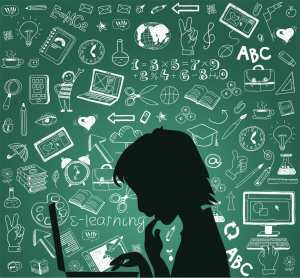
How and when should students access digital devices in the classroom is a constant challenge for schools. If we think of mobile phones for example, whilst some schools ban their use in the classroom, others use them as learning tools with very positive results.
Catherine Smith, an expert in education equity and digital technologies in the University of Melbourne’s Graduate School of Education, says that “you can use smartphones for anything – as spirit levels, rulers or for dimensional drawing. Or you can run an instant poll, collaborate on a document, collect audio or visual data. To an extent you’re only limited by your imagination.”
Many schools in Nordic countries integrate digital technologies like phones within lessons every day. Some go even further: some first-graders in Finland are being educated without printed books, only tablets, in a project called Future Classroom 2020. The purpose of this extensive experiment is to move from traditional textbooks to electronic learning materials and tools, and to develop school pedagogy and learning from the viewpoint of the digital age information society. The results so far show that parents are more engaged, and students even write their own e-books, some of which have been published in Apple’s iBookStore.
Another great example of using technology effectively is that of a Western Australia school, where recently the students built a robot that spoke in Martu, a local Indigenous language. Using digital technologies with this kind of inquiry-based learning approach is very exciting, and supports deep learning.
The way digital technology can be used in schools is only limited by imagination: it is all about how to use it effectively. Technology can be teachers’ best ally, allowing students to do wonderful things that were never possible before.
If you are concerned about students’ distractibility when using digital devices at school, find out how edQuire can help you keep them on task.

Recent Comments